New rules on slurry spreading before and after the closed period will come into effect this year as part of the Nutrient Action Plan (NAP) 2019-2022.
From 30 September to 15 October and during all of February, the maximum slurry application rate drops from 50m³/ha to 30m³/ha (2,700 gallons/ac).
The required buffer zone for spreading near a waterway also increases from 10m to 15m, and the buffer zone for lakes increases from 20m to 30m during this time.
New nitrogen (N) excretion rates for cattle come into effect from 1 January 2020, which will likely push more dairy farmers over the 170kg manure N/ha limit.
This will require them to either apply for a nitrates derogation, reduce stocking rates, or export slurry off-farm.
Rates will change for other cattle too, but will be slightly lower than the current levels for young dairy stock, as well as all beef-bred cattle
The main change is for dairy cows, where the annual N excretion rate will increase from 91kg to 100kg/cow.
Rates will change for other cattle too, but will be slightly lower than the current levels for young dairy stock, as well as all beef-bred cattle.
Other new rules coming in from 1 January 2020 include above-ground slurry stores required to be fitted with a cover, supplementary feeding sites for livestock must be at least 20m from waterways and a fertilisation plan is needed on all grassland farms that use chemical phosphorus (P) fertilisers.
The NAP regulations state that fertilisation plans must include details of livestock numbers, total N and P available from livestock manure, foreseeable crop requirements for N and P, records of past fertiliser applications, records of slurry imports and exports and, if available, results of soil analysis.
Fertilisation plans must be retained for at least five years and will need to be made available during cross-compliance inspections under the NAP regulations.
Low emission
Probably the most significant change arising from the new NAP rules will be the move towards low-emission slurry-spreading equipment (LESSE), such as trailing shoes or hoses, dribble bars and soil injection.
From 1 February 2020, all anaerobic digestate must be spread using LESSE and all slurry contractors must use LESSE from 1 February 2021 onwards.
Where it is not practical to spread slurry using LESSE on a sloping field, you can use an inverted splash plate to spread on that field
According to the DAERA website, a slurry contractor is defined as someone who “spreads slurry on an agricultural area and who is not claiming direct agricultural payments on that area”.
A year later, from 1 February 2022, around 1,100 farmers in NI will be affected by the requirement that slurry must be spread using LESSE on cattle farms with over 200 livestock units (20,000kg N for pig farms).
“Where it is not practical to spread slurry using LESSE on a sloping field, you can use an inverted splash plate to spread on that field. However, you must maintain records for inspection,” the DAERA guidance reads.
The other new NAP rule coming in from 2022 is that livestock drinkers must be a minimum of 10m from any waterway “where there could be a significant risk of pollution occurring from their use”.
The NAP regulations also aim to crack down on anaerobic digestate spreading, as anyone importing digestate from 1 January 2020 is required to have a fertilisation plan, a valid soil analysis and a nutrient content analysis of the imported material.
Read more
DAERA to ease in new slurry rules
DAERA proposes tighter slurry rules
New rules on slurry spreading before and after the closed period will come into effect this year as part of the Nutrient Action Plan (NAP) 2019-2022.
From 30 September to 15 October and during all of February, the maximum slurry application rate drops from 50m³/ha to 30m³/ha (2,700 gallons/ac).
The required buffer zone for spreading near a waterway also increases from 10m to 15m, and the buffer zone for lakes increases from 20m to 30m during this time.
New nitrogen (N) excretion rates for cattle come into effect from 1 January 2020, which will likely push more dairy farmers over the 170kg manure N/ha limit.
This will require them to either apply for a nitrates derogation, reduce stocking rates, or export slurry off-farm.
Rates will change for other cattle too, but will be slightly lower than the current levels for young dairy stock, as well as all beef-bred cattle
The main change is for dairy cows, where the annual N excretion rate will increase from 91kg to 100kg/cow.
Rates will change for other cattle too, but will be slightly lower than the current levels for young dairy stock, as well as all beef-bred cattle.
Other new rules coming in from 1 January 2020 include above-ground slurry stores required to be fitted with a cover, supplementary feeding sites for livestock must be at least 20m from waterways and a fertilisation plan is needed on all grassland farms that use chemical phosphorus (P) fertilisers.
The NAP regulations state that fertilisation plans must include details of livestock numbers, total N and P available from livestock manure, foreseeable crop requirements for N and P, records of past fertiliser applications, records of slurry imports and exports and, if available, results of soil analysis.
Fertilisation plans must be retained for at least five years and will need to be made available during cross-compliance inspections under the NAP regulations.
Low emission
Probably the most significant change arising from the new NAP rules will be the move towards low-emission slurry-spreading equipment (LESSE), such as trailing shoes or hoses, dribble bars and soil injection.
From 1 February 2020, all anaerobic digestate must be spread using LESSE and all slurry contractors must use LESSE from 1 February 2021 onwards.
Where it is not practical to spread slurry using LESSE on a sloping field, you can use an inverted splash plate to spread on that field
According to the DAERA website, a slurry contractor is defined as someone who “spreads slurry on an agricultural area and who is not claiming direct agricultural payments on that area”.
A year later, from 1 February 2022, around 1,100 farmers in NI will be affected by the requirement that slurry must be spread using LESSE on cattle farms with over 200 livestock units (20,000kg N for pig farms).
“Where it is not practical to spread slurry using LESSE on a sloping field, you can use an inverted splash plate to spread on that field. However, you must maintain records for inspection,” the DAERA guidance reads.
The other new NAP rule coming in from 2022 is that livestock drinkers must be a minimum of 10m from any waterway “where there could be a significant risk of pollution occurring from their use”.
The NAP regulations also aim to crack down on anaerobic digestate spreading, as anyone importing digestate from 1 January 2020 is required to have a fertilisation plan, a valid soil analysis and a nutrient content analysis of the imported material.
Read more
DAERA to ease in new slurry rules
DAERA proposes tighter slurry rules




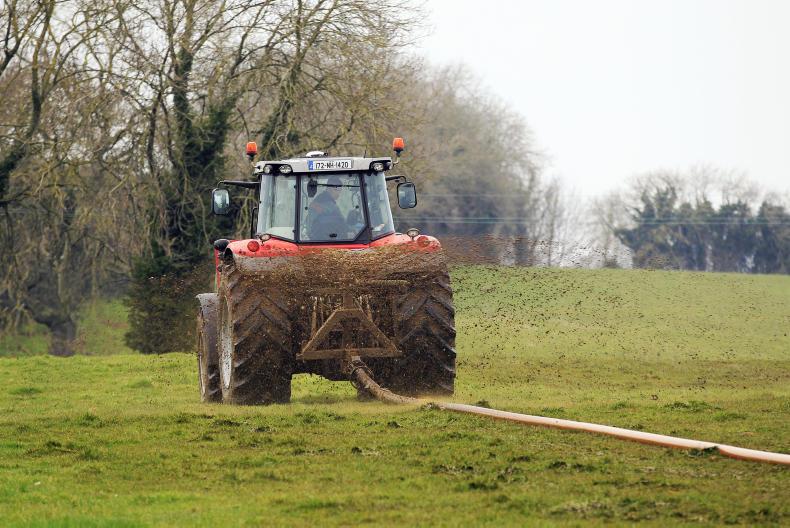
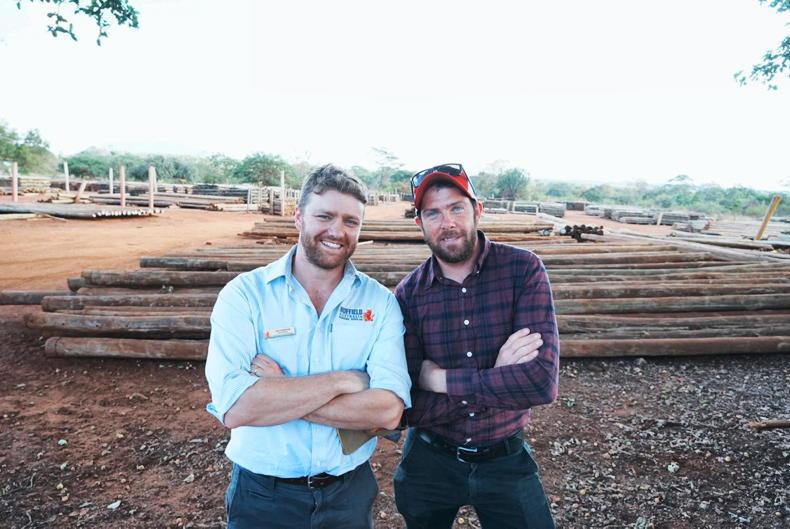

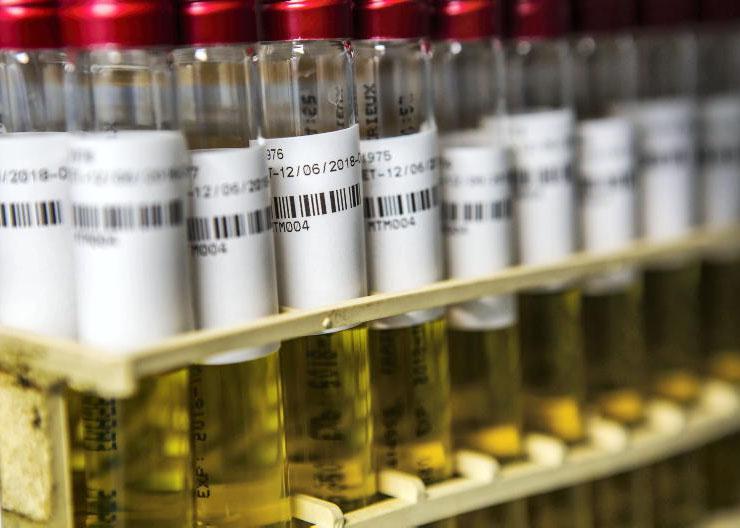
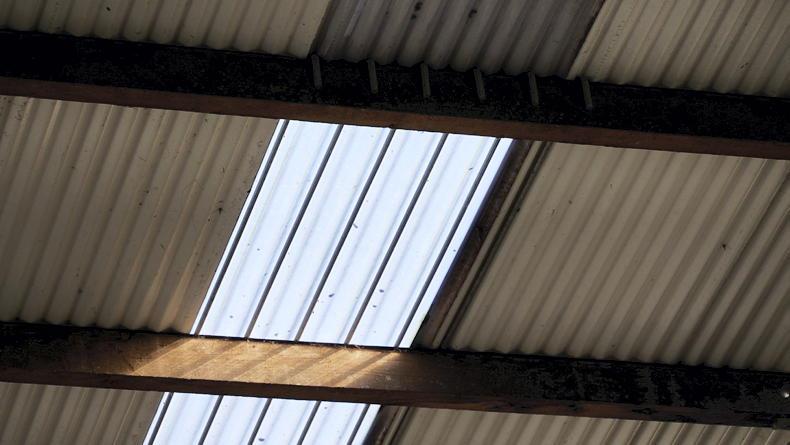
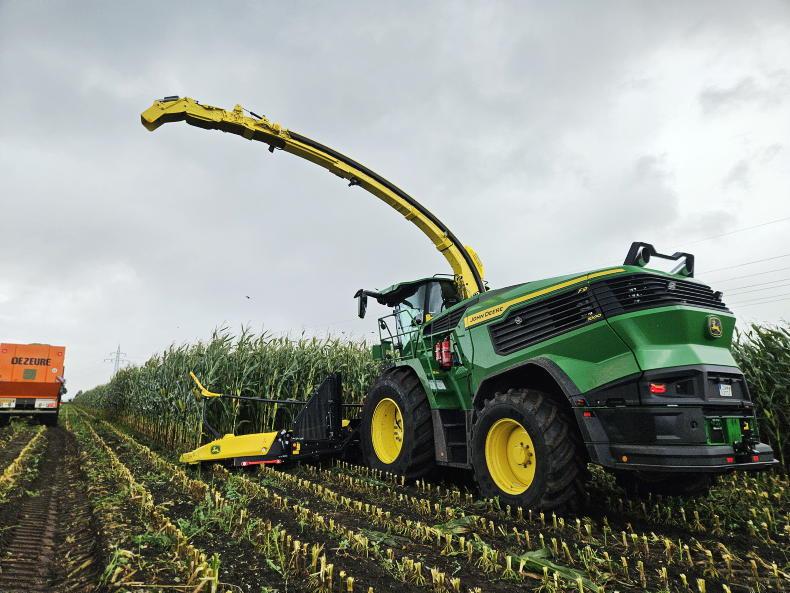
SHARING OPTIONS